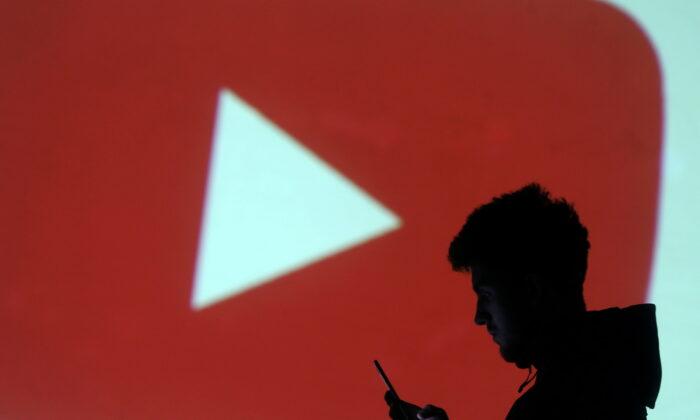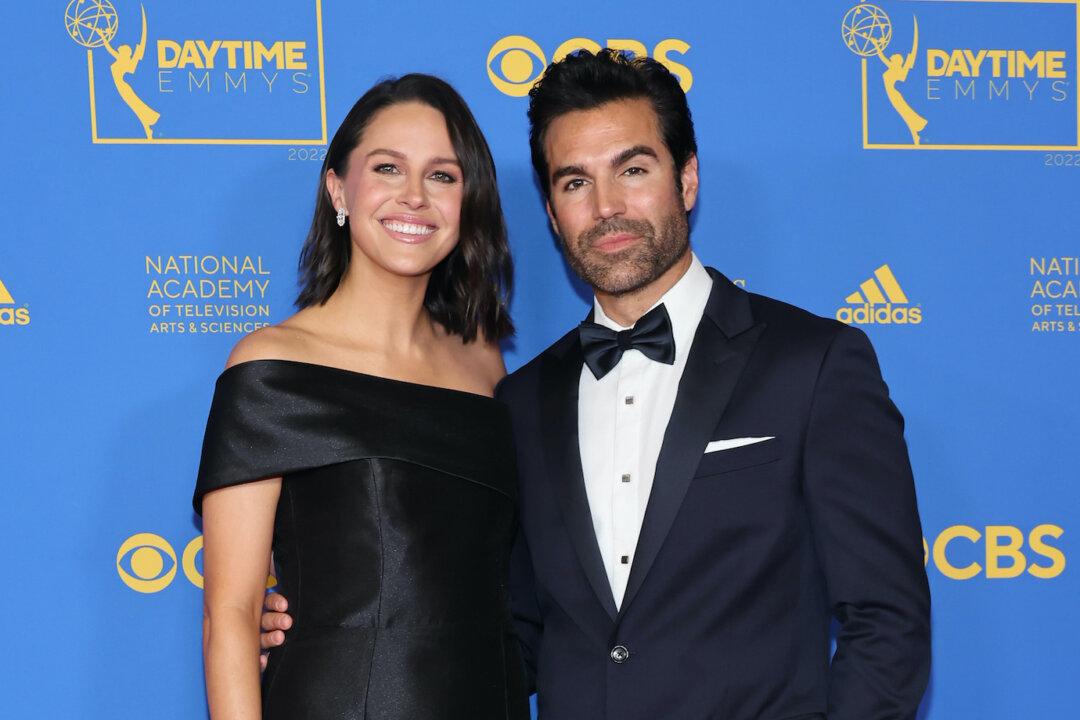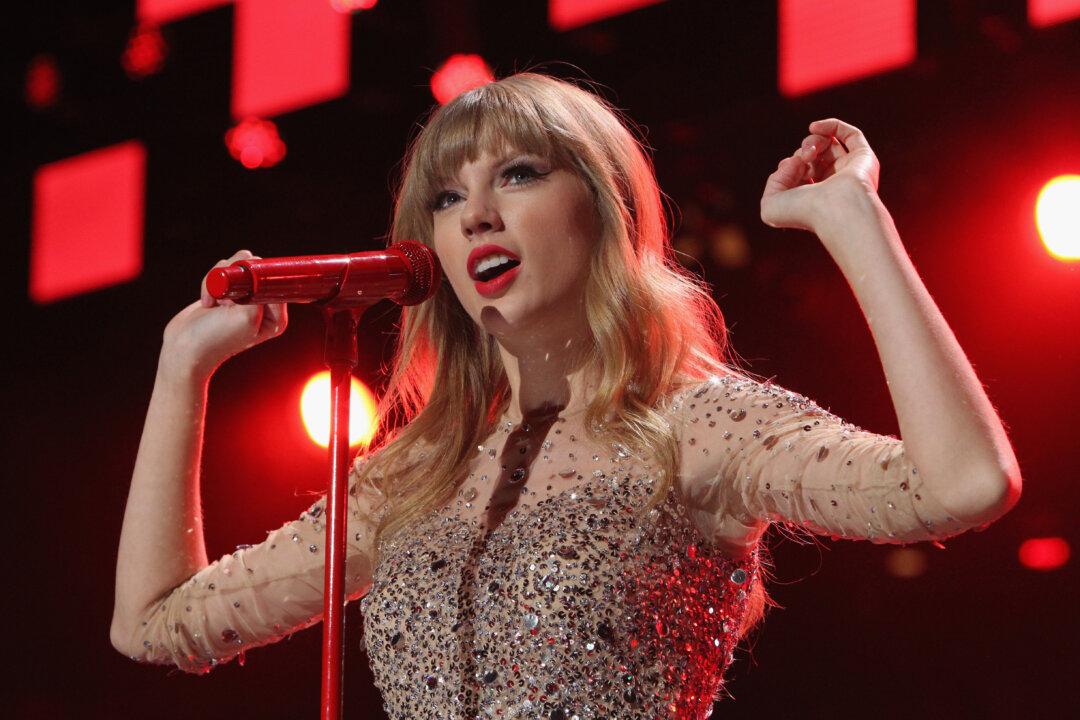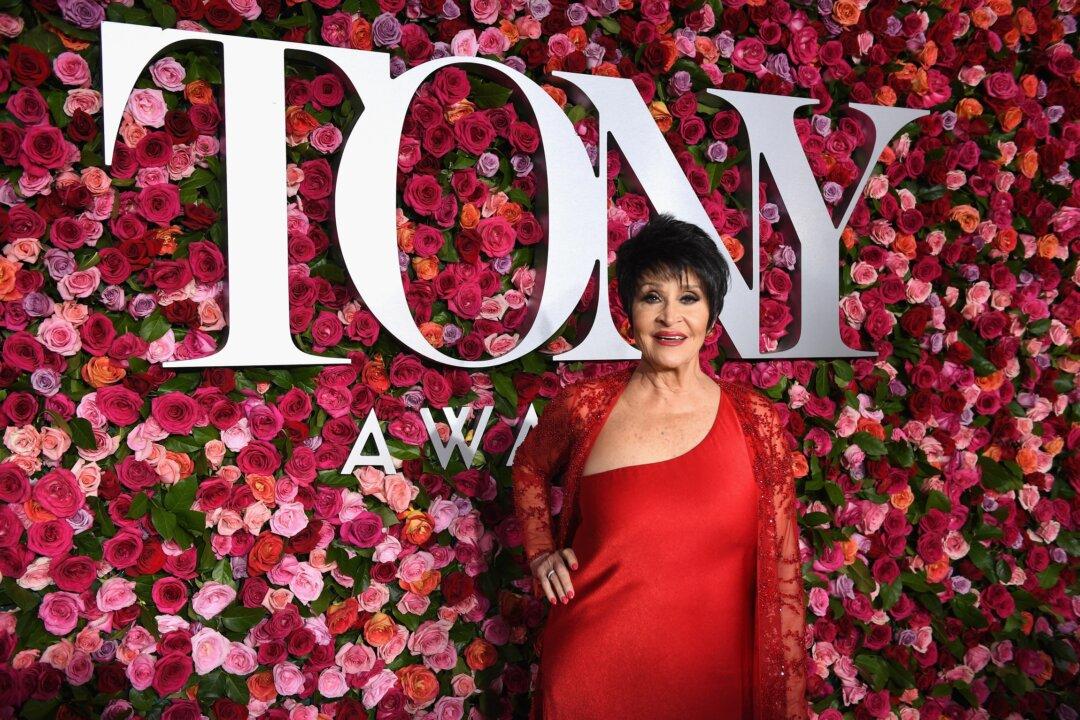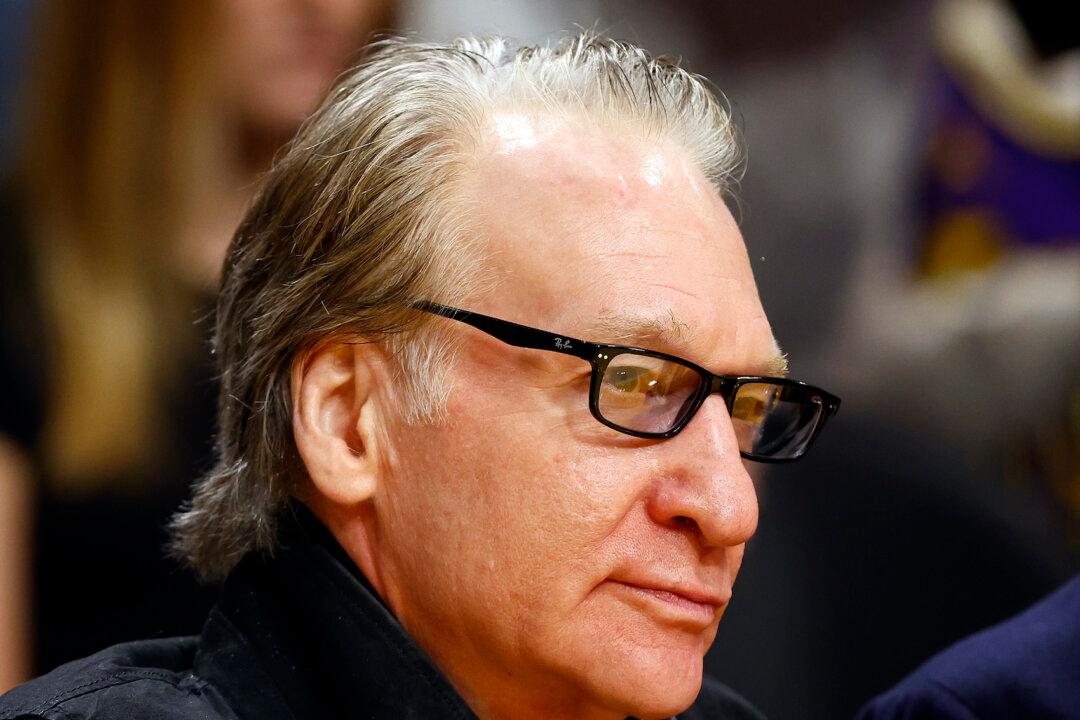For the first time, cable television viewership has dropped below 30 percent, signaling to Hollywood that viewers are no longer willing to pay a hefty sum every month for a package of entertainment channels, many of which they never watch.
Viewers Choose Streaming Services
It was streaming services like Netflix and YouTube that accounted for a record 38.7 percent of total U.S. TV usage in July, the category’s largest share reported in Nielsen’s The Gauge monthly report to date. In general, overall TV usage increased 0.2 percent from June while usage among audiences under 18 was up 4 percent. The latter numbers are attributed to children being settled into their summer breaks. Viewing among adults 18 and older fell 0.3 percent.Specifically, cable’s share in July fell below 30 percent for the first time on record, losing a full share point to stand at 29.6 percent while broadcast usage fell 3.6 percent down 0.8 points. Looking at it from a year-over-year point of view, broadcast viewing was down 5.4 percent while cable viewing was down 12.5 percent (-4.8 points).
This means that according to Nielsen, less than 50 percent of America’s entertainment watching came from the traditional sources of linear or broadcast and cable television. The assumption is that those viewers went online instead. So-called “other” usage is primarily attributed to video game consoles.
“Broadcast TV and cable have some serious competition in 2023,” Christian Toto, Host, The Hollywood in Toto Podcast told The Epoch Times. “Social media is more vibrant, and busy, than ever. Video games offer complex stories and maximum escapism. Free streaming services like Tubi and Pluto TV deliver robust content options. And YouTube serves up plenty of high-quality programming with slick production values and talented stars. The commercial load is relatively low and you can find shows on virtually any topic.”
Suits, streaming on Netflix and Peacock, and Bluey on Disney+ were the most watched programs in July, accounting for 23 billion viewing minutes with the former setting new viewing records for an acquired title, amassing almost 18 billion minutes. In aggregate, it was the heavy viewing levels that pushed streaming’s share of TV to a new record at 38.7 percent with Amazon Prime Video, Netflix, and YouTube all hitting all-time highs.
The Merit of a Show Will Matter More
Some conservative voices see Nielsen’s latest report as good news for an industry that has gotten used to churning out mediocre content.Nolte noted that people will now only pay for outlets they watch, which is very different from the cable TV model where viewers pay for a hundred outlets they don’t watch just for the sake of the channels in their cable package they do want to view. That means high-quality programming might take center stage.
“Merit finally matters again. Once cable TV dies, and it will within a decade, Hollywood can only make money through merit — by delivering a streaming outlet or outlets we’re willing to pay for,” said Nolte.
Still, controversy still surrounds the question concerning the actual profits streaming services are generating. Some say the streamers are losing billions.
As put by Nolte, “Bottom line: Americans are moving away from the type of entertainment that delivered billions in annual unearned dollars to Hollywood and moving towards entertainment that costs Hollywood billions.”
Streaming Costs Now Rival Cable Packages?
Meanwhile, some reports show that the costs of streaming television for some households are now higher than cable packages.It noted a 40 percent price hike by Apple TV+ and a 75 percent such increase by Disney with Hulu rising 20 percent. Warner Bros. in January increased the cost of HBO Max from $15 to $16 while Netflix last month dropped the Netflix Basic tier from its lineup for new or switching subscribers. The business publication also noted the inevitability of the increases due to heavy losses by the streaming companies.
“As little as a year ago, a popular set of streaming services added up to a total cost of $73 per month – compared to $83 for an equivalent cable package. But the latest round of streaming price increases has pushed that cost to $87, said the Financial Times analysis, making it more expensive than cable.
